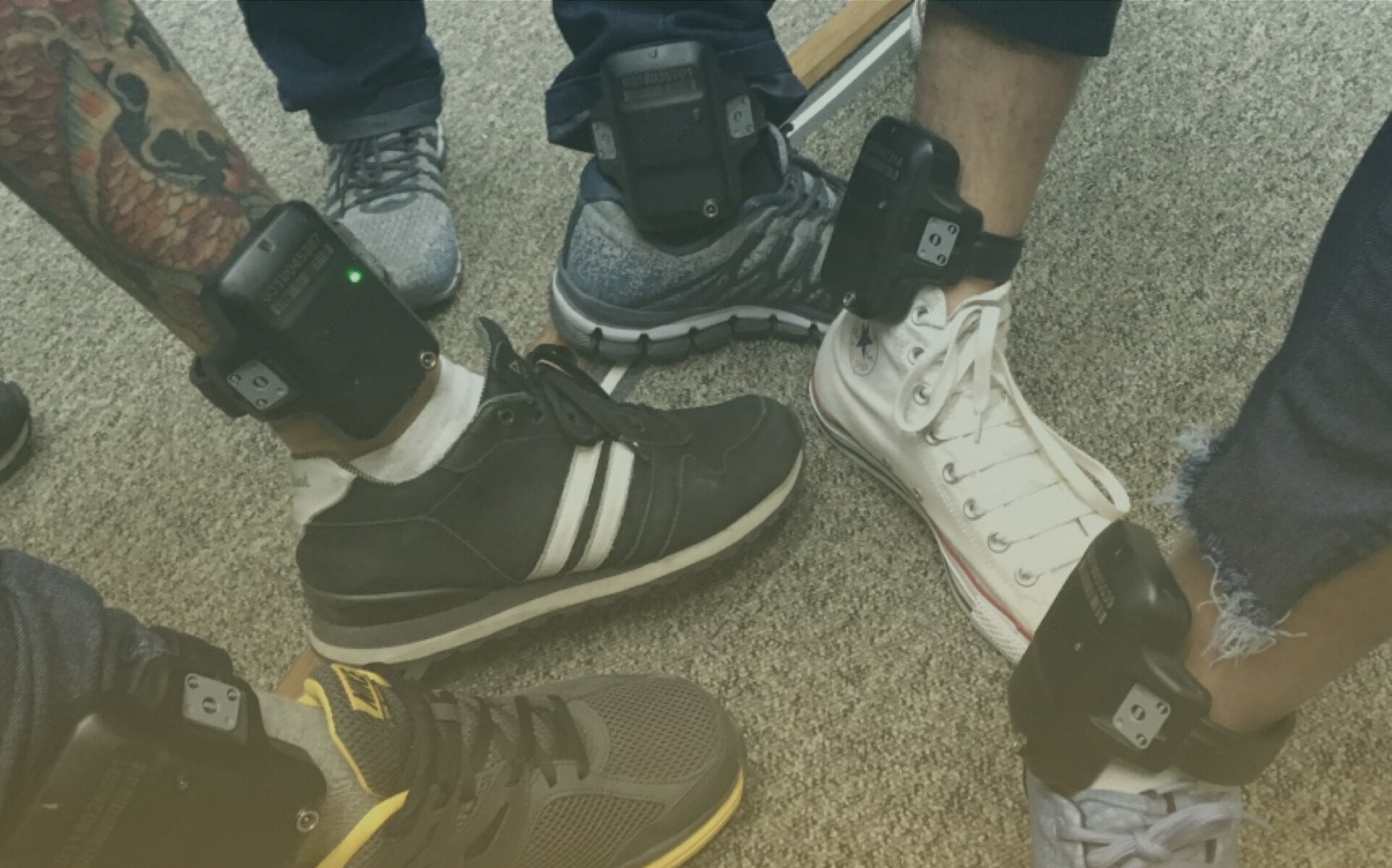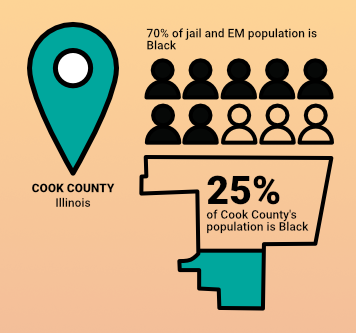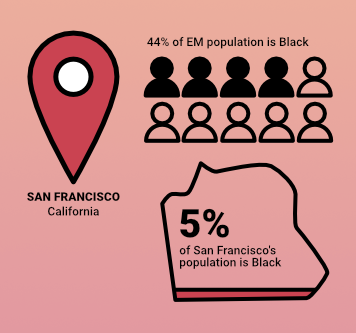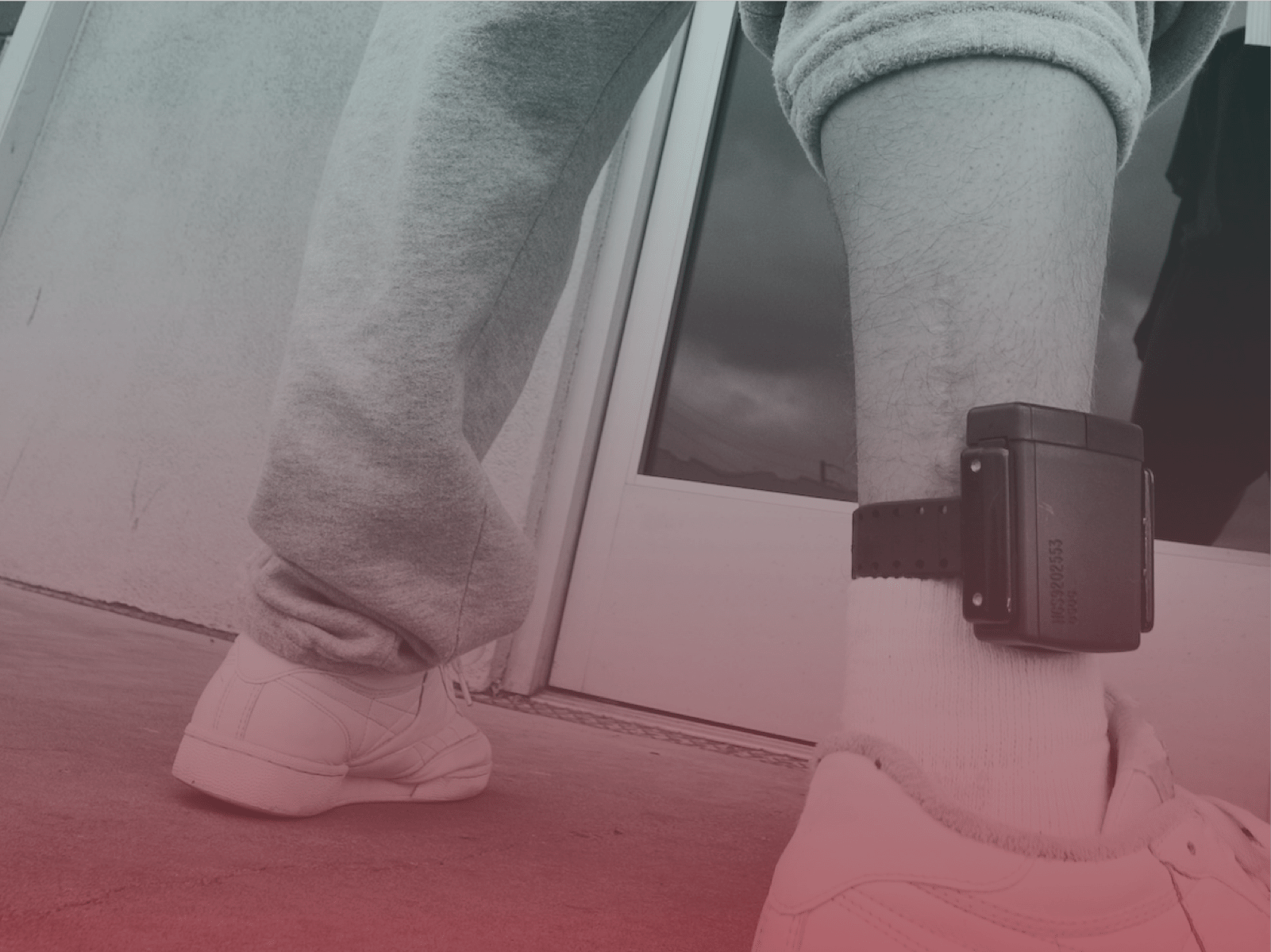Movement Restrictions
Most people on a shackle are on house arrest, and need to get special permission from authorities to leave their house. Securing permission can take a long time or may be denied. Restrictions on movement pose difficulties for people trying to find a job, accessing medical services, participating in parenting, and caregiving.
In some jurisdictions, people are on 24/7 house arrest, and are only allowed out of the house for medical appointments and court dates. This often means that individuals under EM are unable to seek emergency medical attention, putting them in a dilemma of having to choose between the risk of health complications and the risk of reincarceration.
People on EM often refer to it as a “set-up,” a situation where the rules are so strict that you are set up to fail. If the bus bringing you home from work arrives late or the power goes off in your apartment, even though these events are not your fault, they can still result in your reincarceration.
Physical Reactions to the Device
A large number of people experience physical reactions to the monitoring devices. These reactions may take the form of sores on their leg, numbness in their feet or ankle, a sensation of electric shock, or even changes in their menstrual cycle.
A survey of 147 immigrants who were on monitors in 2019 revealed more than 70% of them reported “aches, pains, and cramps”related to the device. One in five persons experienced electric shocks from the monitor.
Impact on Loved Ones
These devices often negatively impact family members and loved ones of those on the monitor. Family members may have to carry out basic tasks for an individual under EM, such as doing laundry or shopping, since many authorities will not grant movement for such activities. Many monitors do not even allow a person to step onto their front doorstep or take out the garbage.
EM regimes have a disparate gender impact. Since the vast majority of individuals on pretrial EM are released from men’s jails, the burden of caretaking for them when they are on house arrest typically falls on mothers, grandmothers, partners, and sisters.
Financial Burdens
People often have to pay daily user fees to be on the monitor, which typically ranges from $5 to $25 per day. In some jurisdictions, people are sent back to jail or prison if they fail to pay their monitoring fees. These fees often have to be borne by family or loved ones, because finding employment is very difficult for individuals under EM. Hence, those who are forced to wear EM devices are also being forced to pay for their own imprisonment.














